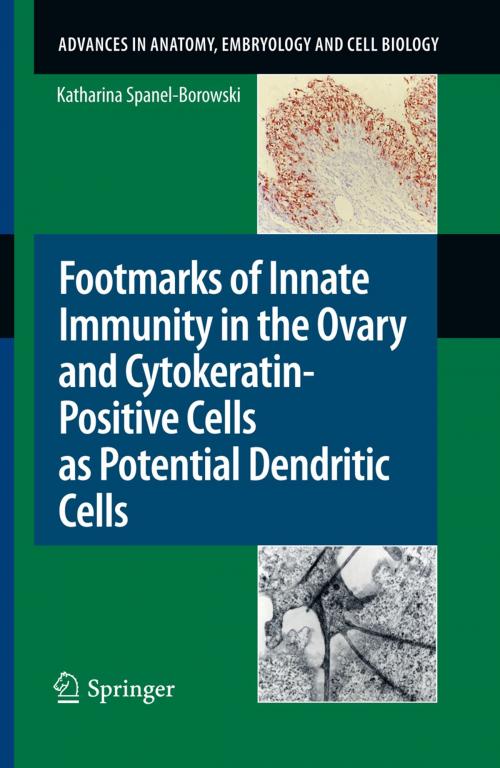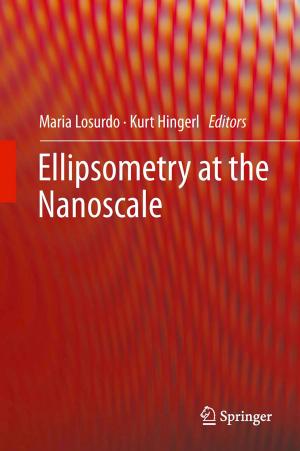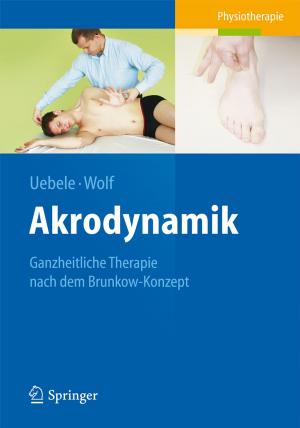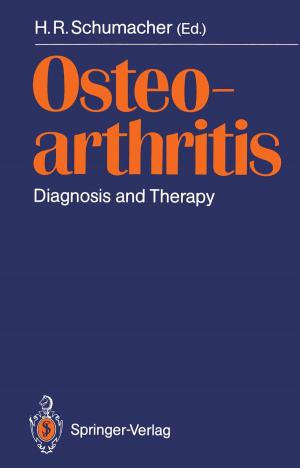Footmarks of Innate Immunity in the Ovary and Cytokeratin-Positive Cells as Potential Dendritic Cells
Nonfiction, Health & Well Being, Health, Ailments & Diseases, Genetic, Medical, Medical Science, Physiology| Author: | Katharina Spanel-Borowski | ISBN: | 9783642160776 |
| Publisher: | Springer Berlin Heidelberg | Publication: | November 22, 2010 |
| Imprint: | Springer | Language: | English |
| Author: | Katharina Spanel-Borowski |
| ISBN: | 9783642160776 |
| Publisher: | Springer Berlin Heidelberg |
| Publication: | November 22, 2010 |
| Imprint: | Springer |
| Language: | English |
The monograph introduces innate immunity as second authority in the ovary besides the endocrine system. Innate immunity appears to orchestrate follicular atresia, follicle rupture, follicle transformation into a corpus luteum (CL) and CL regression through nonsterile inflammation and tissue repair. The concept is new. It centres on cytokeratin-positive (CK+) cells being recognized as a potential nonlymphoid dendritic cell type (DC). Part I describes morphological aspects of immune privilege starting with active hamster ovary implants into the chicken chorioallantois membrane. Follicular atresia and follicle rupture correspond with mild and moderate tissue damage in ovaries of small rodents and rabbits. Superovulations cause severe tissue damage through intraovarian oocyte release with follicle wall remnants in oedema, rupture of vessel walls and thrombosis. The complement system and neuropeptides might play regulatory roles. Part IIa analyzes intact ovaries (cows, human) for the appearance of CK+ cells. In the foetal ovary, sex cords give rise to CK+ cells in primordial follicles. In the adult ovary, CK+ cells are absent in preantral follicles and reappear in mature and regressing follicles. In the CL of early development, steroidogenic CK+ cells build a peripheral zone in the previous granulosa cell layer, and uniformly distribute in the following stages. A microvessel-associated CK+ cell type is seldom found. Part IIb characterizes the morphology and function of CK+ cells in vitro. Isolated from human preovulatory follicles, the epithelioid CK+ granulosa cell subtype regulates TLR4 and CD14 at 36 h of treatment with oxidized lipoprotein (oxLDL, 150 mg/ml); nonapoptotic cell death and the increase of reactive oxygen species occur. In contrast, the CK-negative (CK-) granulosa cell type regulates the lectin-like oxLDL receptor 1 (LOX-1) and survival autophagy under oxLDL stimulation. Isolated from bovine CL, the epithelioid CK+ cell type 1 is disclosed as microvascular cell type with a single nonmotile cilium. The microvascular CK+ type strongly upregulates intercellular contacts under treatment with interferon- (IFN-). In the CK- cell type 5 of granulosa cell -like appearance, IFN- treatment supports cell proliferation, N-cadherin upregulation, and the dramatic increase in major histocompatibility complex II peptides (MHC II) by 80-fold compared to basal levels. Type 5 could have been conversed from the steroidogenic CK+ cell type. We summarize and conclude: CK+ granulosa cells express functionally active TLR4, which sense danger signals like oxidative stress in preovulatory follicles and trigger inflammatory and immunoregulatory pathways. The final outcome regulates follicle rupture and transformation into CL. Luteolysis could start by danger-sensing through the microvascular CK+ type 1 cells and the DC-like type 5 cells both sensitive to IFN-. The future will witness a novel strategy in the therapy of ovarian disorders like anovulations, luteal phase insufficiency, and autoimmune failures
The monograph introduces innate immunity as second authority in the ovary besides the endocrine system. Innate immunity appears to orchestrate follicular atresia, follicle rupture, follicle transformation into a corpus luteum (CL) and CL regression through nonsterile inflammation and tissue repair. The concept is new. It centres on cytokeratin-positive (CK+) cells being recognized as a potential nonlymphoid dendritic cell type (DC). Part I describes morphological aspects of immune privilege starting with active hamster ovary implants into the chicken chorioallantois membrane. Follicular atresia and follicle rupture correspond with mild and moderate tissue damage in ovaries of small rodents and rabbits. Superovulations cause severe tissue damage through intraovarian oocyte release with follicle wall remnants in oedema, rupture of vessel walls and thrombosis. The complement system and neuropeptides might play regulatory roles. Part IIa analyzes intact ovaries (cows, human) for the appearance of CK+ cells. In the foetal ovary, sex cords give rise to CK+ cells in primordial follicles. In the adult ovary, CK+ cells are absent in preantral follicles and reappear in mature and regressing follicles. In the CL of early development, steroidogenic CK+ cells build a peripheral zone in the previous granulosa cell layer, and uniformly distribute in the following stages. A microvessel-associated CK+ cell type is seldom found. Part IIb characterizes the morphology and function of CK+ cells in vitro. Isolated from human preovulatory follicles, the epithelioid CK+ granulosa cell subtype regulates TLR4 and CD14 at 36 h of treatment with oxidized lipoprotein (oxLDL, 150 mg/ml); nonapoptotic cell death and the increase of reactive oxygen species occur. In contrast, the CK-negative (CK-) granulosa cell type regulates the lectin-like oxLDL receptor 1 (LOX-1) and survival autophagy under oxLDL stimulation. Isolated from bovine CL, the epithelioid CK+ cell type 1 is disclosed as microvascular cell type with a single nonmotile cilium. The microvascular CK+ type strongly upregulates intercellular contacts under treatment with interferon- (IFN-). In the CK- cell type 5 of granulosa cell -like appearance, IFN- treatment supports cell proliferation, N-cadherin upregulation, and the dramatic increase in major histocompatibility complex II peptides (MHC II) by 80-fold compared to basal levels. Type 5 could have been conversed from the steroidogenic CK+ cell type. We summarize and conclude: CK+ granulosa cells express functionally active TLR4, which sense danger signals like oxidative stress in preovulatory follicles and trigger inflammatory and immunoregulatory pathways. The final outcome regulates follicle rupture and transformation into CL. Luteolysis could start by danger-sensing through the microvascular CK+ type 1 cells and the DC-like type 5 cells both sensitive to IFN-. The future will witness a novel strategy in the therapy of ovarian disorders like anovulations, luteal phase insufficiency, and autoimmune failures















